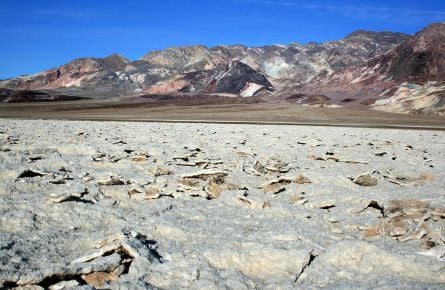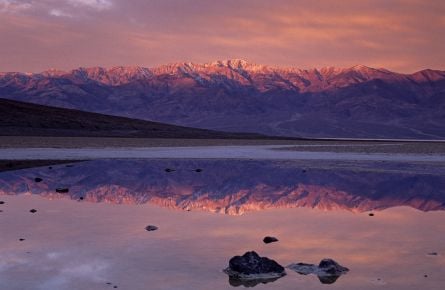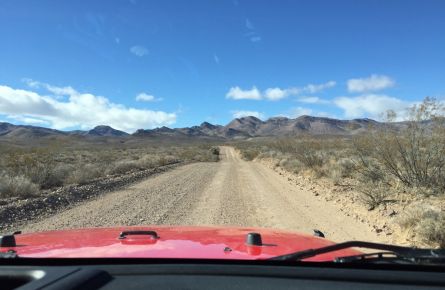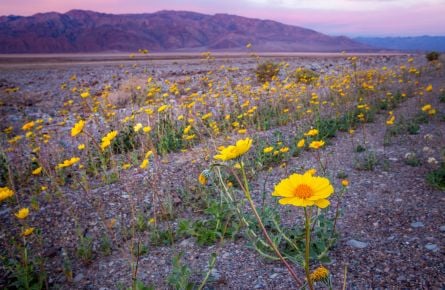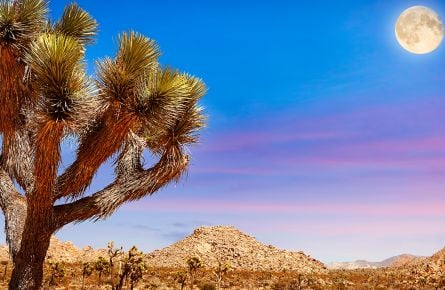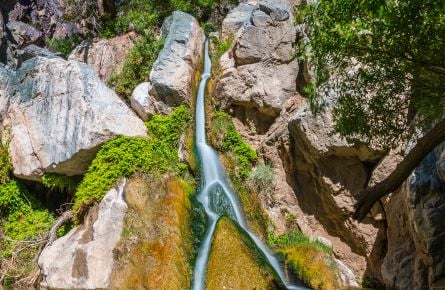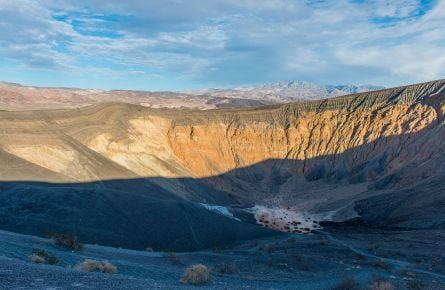Death Valley Photography: A Photographer's Paradise
Death Valley National Park offers a variety of landscapes for photographers. The range and diversity of scenes is simply amazing. From valleys to sand dunes to canyons to salt flats to colorful wildflowers, you can come away with many photos from one national park yet people will think you visited many different locations. Very few places on earth offer as many textures, intense colors and extreme conditions to capture. Below we list some of the best places to photograph in Death Valley National Park to help you plan your photo itinerary.
The Oasis at Death Valley is the ideal base camp for your stay. Centrally located, you can go out and explore the park and get your photographs and then return to the comfort of the resort.
Great Places For Death Valley National Park Photos
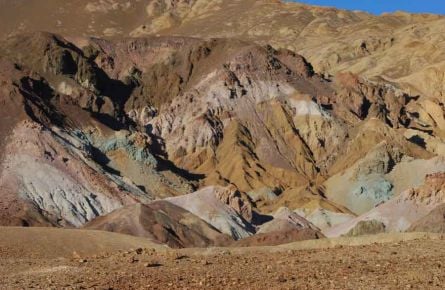
Artist's Palette
Sprinkled with green, yellow, red and purple, this prismatic terrain was formed by mineral-rich volcano deposits.
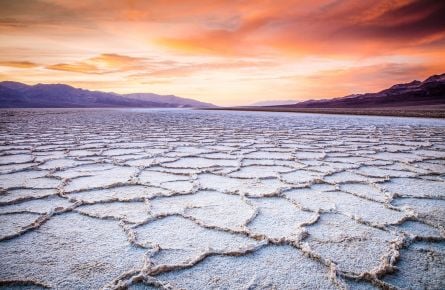
Badwater Basin
The lowest point in North America at 282 feet below sea level, is filled with vast, cracked salt flats that cover the nearly 200 square miles. The intricate salt crystals form surreal patterns across the immense landscape.
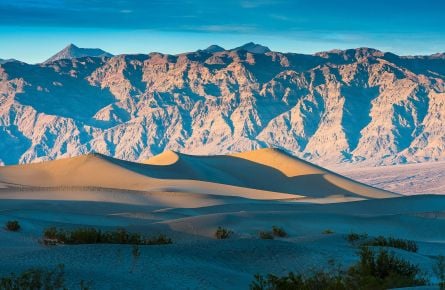
Mesquite Dunes
Surrounded by mountains on all sides the smooth mounds of sand stand in stark contrast to the jagged purple mountains in the distance.
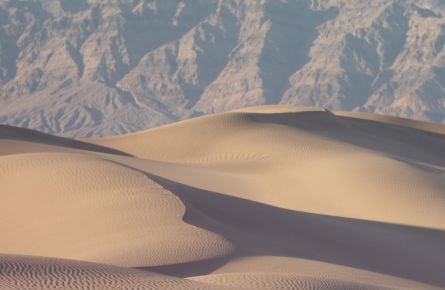
Eureka Dunes
The tallest dunes in California are known for an eerie humming caused by the relative motion of moving sand grains. Visit the dunes in the early morning or late afternoon to capture the depth of shadows cast by their ever-changing landscape.
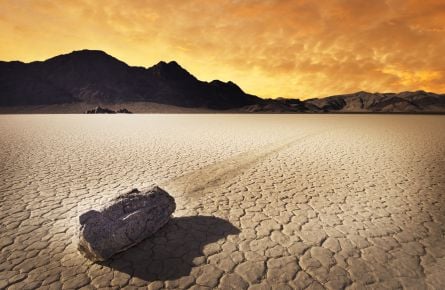
Racetrack Playa
A seasonally dry lake, famous for rocks that mysteriously move across its surface leaving tracks behind them.
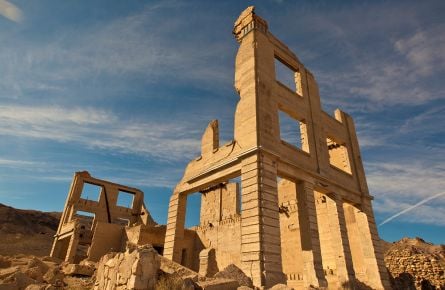
The Ghost Town of Rhyolite
Just a few remnants of its glory days can be found in this once booming mining town, including a 3 story bank, jail and train station.
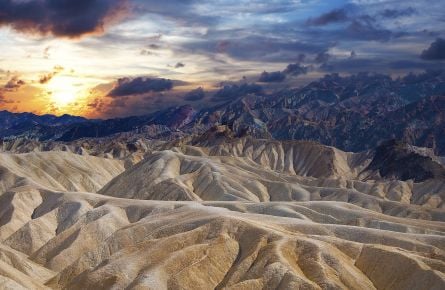
Zabriskie Point
Composed of sediment from Furnace Creek Lake, which dried up nearly 5 million years ago, this jagged landscape was used to represent the surface of Mars in the film, Robinson Crusoe on Mars.
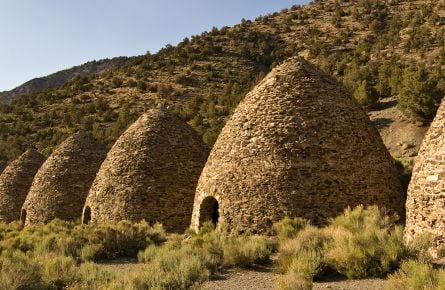
Wildrose Charcoal Kilns
Another remnant of Death Valley’s mining history, The Wildrose Charcoal Kilns were completed in 1877 and were used to reduce Pinyon and Juniper tree wood to charcoal in a process of slow burning in low oxygen. This fuel was then transported to mines to feed smelting and ore extraction operations.
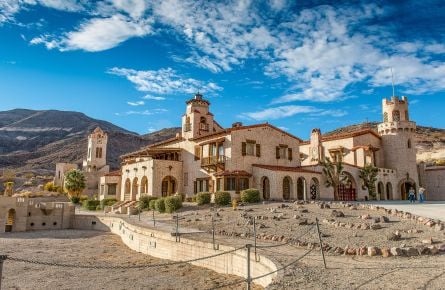
Scotty’s Castle
Travel back in time to this two-story Spanish Colonial Revival style villa built in the 1920s and experience the stark contrast of the luxurious home against the harsh desert landscape.
